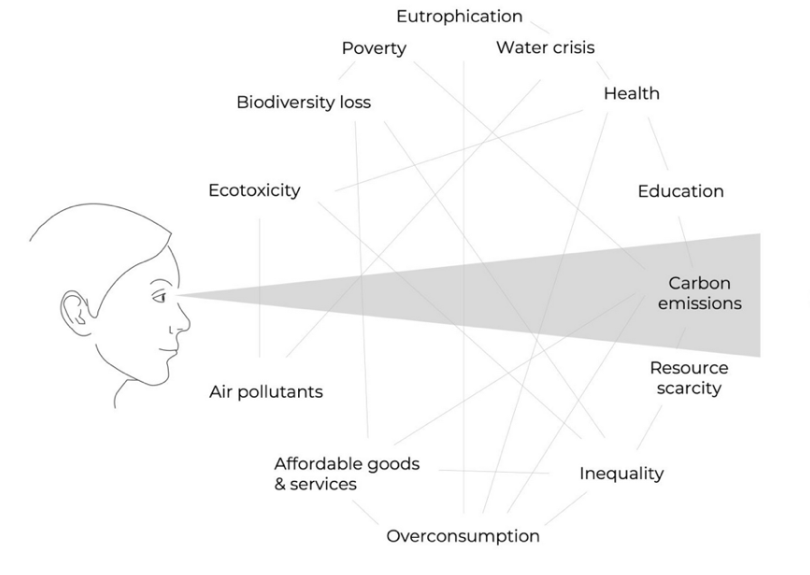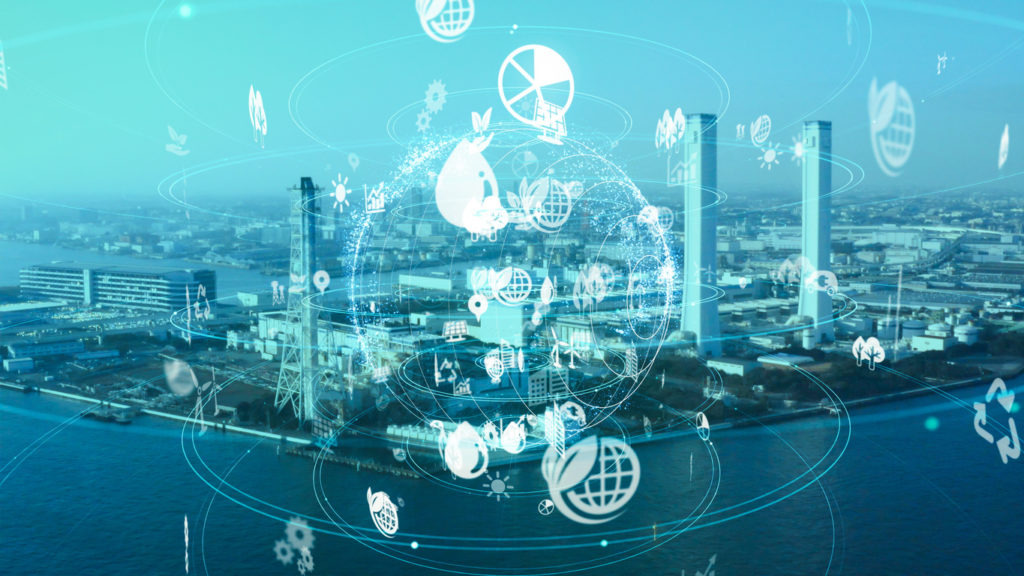Sustainability has evolved through a series of focal points: deforestation, the ozone layer’s recovery, melting ice caps. Each issue has commanded global attention at one time or another, reflecting the dynamic challenges of environmental stewardship. Today, however, the narrative is dominated by one metric: carbon.

But what about other critical dimensions such as water scarcity, soil health, biodiversity loss, and community resilience? When these elements are sidelined, we risk creating solutions that tackle one problem while exacerbating others. True sustainability requires viewing these challenges not as isolated issues, but as interconnected pieces of a system.
For example:
- Renewable energy projects, while reducing carbon, can disrupt local ecosystems or communities if poorly managed.
- Urban developments aiming for energy efficiency might neglect green spaces, vital for biodiversity and mental health.
- High-profile climate conferences can overlook energy efficiency and waste reduction measures in the very event meant to promote them.
In my work as a GHG and carbon specialist, I’ve learned the value of stepping back to consider the broader context. Sustainability is not a single target to achieve—it’s a complex system to nurture. Progress often comes from balancing trade-offs and making thoughtful decisions that benefit the system as a whole.
- Instead of solely asking, “How do we lower emissions?” we can also ask:
- How can we restore ecosystems?How are we supporting local communities in adapting to climate change?
- Are we building resilience into natural and human systems for the future?

What if, in addition to our carbon footprint, we measured sustainability success by:
- Water footprint: Are we conserving and regenerating water resources?
- Biodiversity gains: Are we restoring habitats and reversing species loss?
- Social impact: Are we improving lives and strengthening communities?
Can we challenge ourselves to see carbon reduction as one piece of a much larger, richer, and more complex puzzle? Doing so requires a shift in mindset—from seeing sustainability as a checklist of goals to viewing it as a dynamic, interconnected system.